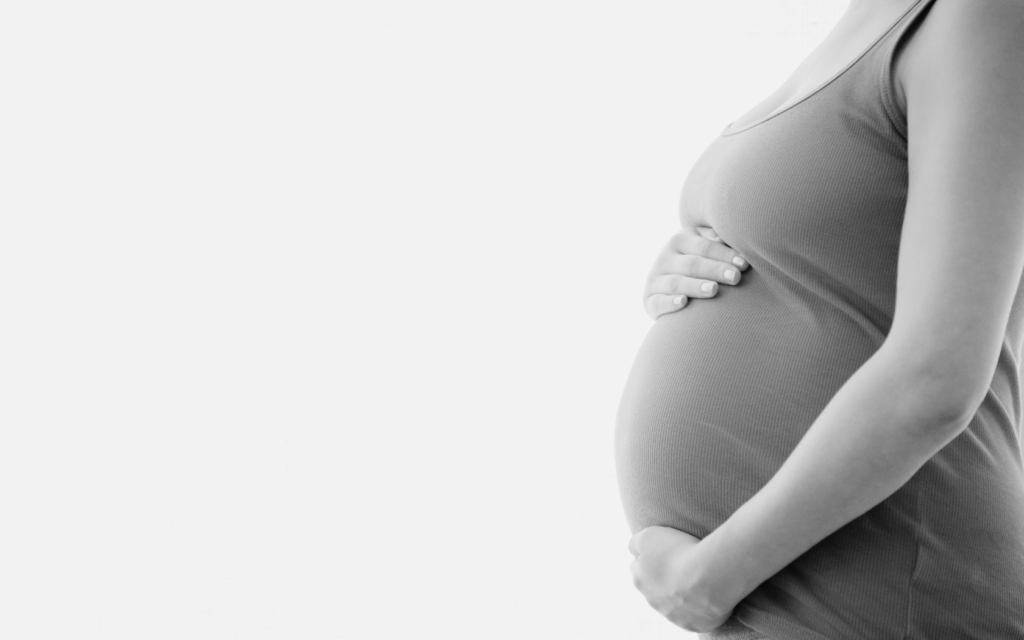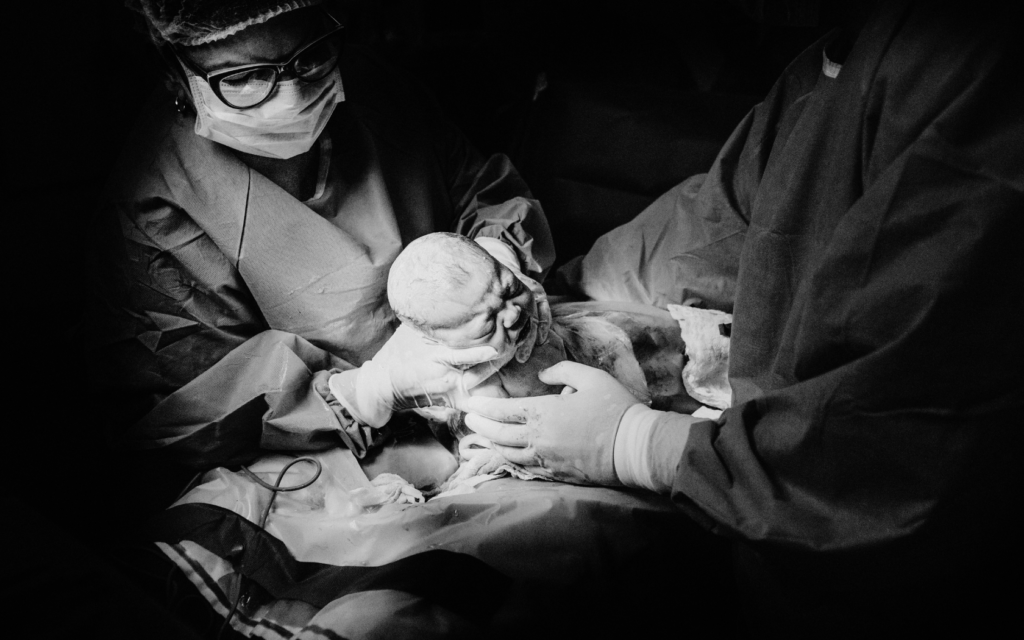It’s frightening to learn that a baby has an umbilical cord wrapped around her neck. But it may be nothing to worry about. Most nuchal cords are loose, and a loose nuchal cord is as harmless as a necklace. Nuchal cord complications only stem from severe cases where the cord becomes too tight.
Stay with us to explore complications and potential long-term effects of nuchal cords.

What are Nuchal Cords?
During pregnancy, the umbilical cord carries oxygen and nutrients from mother to baby. Sometimes, this umbilical cord wraps around the baby’s neck before the baby is born. This is called a “nuchal cord.” It can also be wrapped around twice (double nuchal cord) or more than twice (multiple nuchal cords).
When it’s time for delivery, doctors and nurses check to see if the cord is around the baby’s neck. If it is, they’ll use certain maneuvers to try to unwrap it.
Nuchal cords happen more often than you might think. According to the University of New Mexico, they occur as much as 20% to 30% of pregnancies. That’s pretty common. But nuchal cord complications are rare. In most cases, the cord slips off easily and doesn’t cause problems.
When is a Nuchal Cord Dangerous?
Here’s how a nuchal cord can become dangerous:
- It gets wrapped too tightly around the baby’s neck. When this happens, it can squeeze the baby’s neck and slow down the flow of oxygen and blood. In rare cases, it may “strangle” the baby.
- The cord gets compressed against itself or the baby’s neck in a certain spot. Blood and oxygen can’t flow to and from the baby. This can cause asphyxia.
Nuchal cords occur when the baby’s oxygen levels drop too low, or when their heart rate changes irregularly due to the cord’s pressure. Lack of oxygen and nutrients can put the baby at risk of distress. That can lead to difficulties during delivery.

Potential Nuchal Cord Complications
On rare occasions, a nuchal cord can lead to complications like the following:
- Reduced Oxygen Supply. If the cord is wrapped tightly around the baby’s neck, it can restrict blood flow and oxygen delivery to the baby. This can lead to a decrease in the baby’s oxygen levels, which may result in fetal distress.
- Abnormal Heart Rate. A nuchal cord may change the baby’s heart rate. It may become irregular or decelerate due to the pressure on the cord.
- Prolapsed Cord. A cord that slips through the cervix and descends into the birth canal ahead of the baby is called a prolapsed cord. It can cause severe compression of the cord. The baby may not get enough blood and oxygen.
- Meconium Aspiration Syndrome. Fetal distress caused by a nuchal cord can sometimes lead to the release of meconium (the baby’s first stool) into the amniotic fluid. If the baby inhales this meconium, it can lead to meconium aspiration syndrome. This syndrome affects the baby’s breathing.
Umbilical Cord Around Neck: Long-Term Effects
“How is this going to affect my baby in the long run?” That’s one of the first questions that run through the minds of parents of children affected by nuchal cord complications.
Below you’ll find a list of some potential conditions children can have as a result of nuchal cords.
You may notice a lot of them have to do with brain damage. That’s because an untreated, tight nuchal cord causes oxygen deprivation. This, in turn, may cause brain injuries.
Long-Term Effects of the Umbilical Cord Wrapped Around Neck
- Hypoxic-Ischemic Encephalopathy (HIE)
- Seizures
- Developmental delays
- Learning disabilities
- Intellectual impairments
- Motor function problems
- Long-term respiratory problems from meconium aspiration
- Organ failure
- Stillbirth
- Behavioral disorders
- Sensory impairments (such as vision or hearing loss)
- Challenges with social interactions and communication
- Respiratory issues
- Increased likelihood of Cesarean delivery (which itself carries potential risks and long-term implications)
- In rare cases, it may be linked to conditions such as cerebral palsy.
An umbilical cord around the neck can have long-term effects, it’s true. And it can even result in death. But that’s only in cases where doctors can’t or don’t manage to loosen the cord in time.
How Doctors Manage a Nuchal Cord
Doctors can use ultrasound to see that the cord is wrapped around a baby’s neck. Once they notice it, there are several steps they can take to manage it:
- Positioning. Doctors might adjust the mother’s position to relieve pressure on the cord. They might attempt a “somersault delivery”, which involves pushing the baby’s head toward one side. This helps the baby “somersault” out and keeps the cord from getting tighter.
- Gentle Untangling. The doctor might try to untangle the cord with caution during delivery. While the baby’s head is crowning, the doctor might slip the cord over the baby’s head.
- Cord Clamping. If the cord is too tight around a baby’s neck, the doctor might clamp and cut the cord right after delivery.
- Emergency Procedures. When the nuchal cord is causing severe complications or the baby’s heart rate shows signs of distress during labor, it’s an emergency. Doctors may opt for an immediate C-section.
- Continuous Monitoring: Doctors should closely monitor the baby’s heart rate and other vital signs. (Before and after noticing the nuchal chord.) Monitoring properly can guide immediate actions – actions that can save the baby.

Nuchal Cord Injuries and Malpractice
Doctors can’t prevent a nuchal cord from happening. But they can fail to diagnose it and treat it. Was your child injured from nuchal cord complications? Were those complications the result of negligence?
If so, contact our expert birth injury attorneys. You may be able to file a nuchal cord birth injury lawsuit and sue for compensation.




